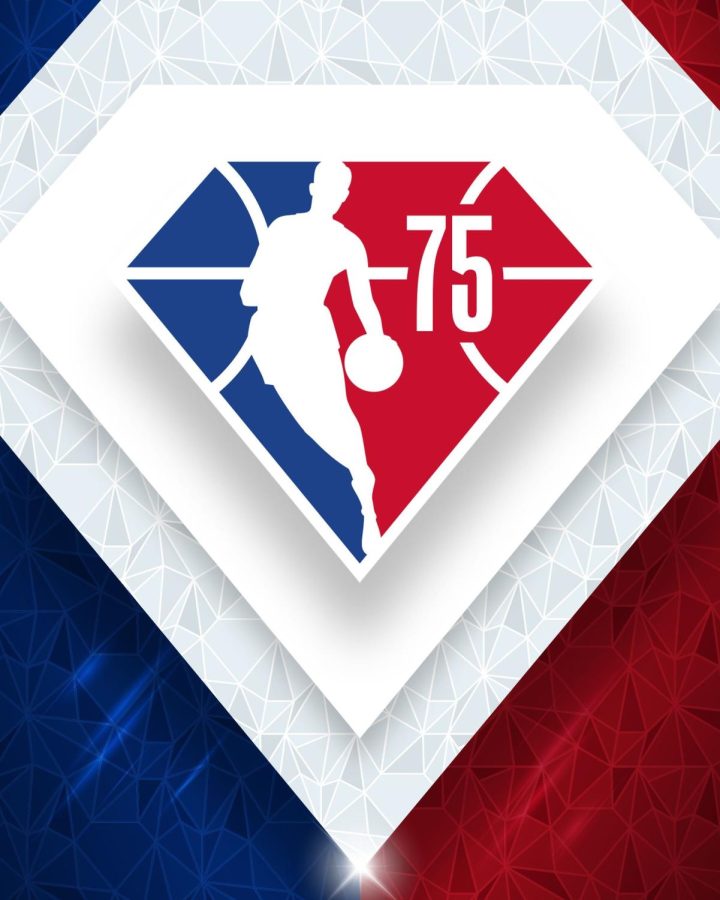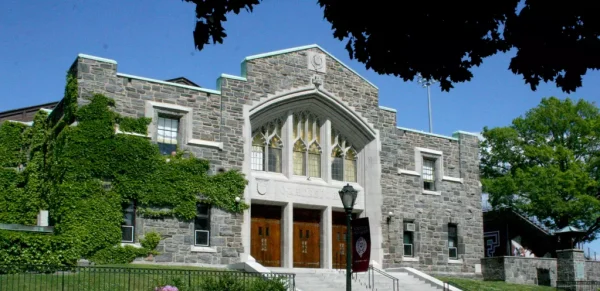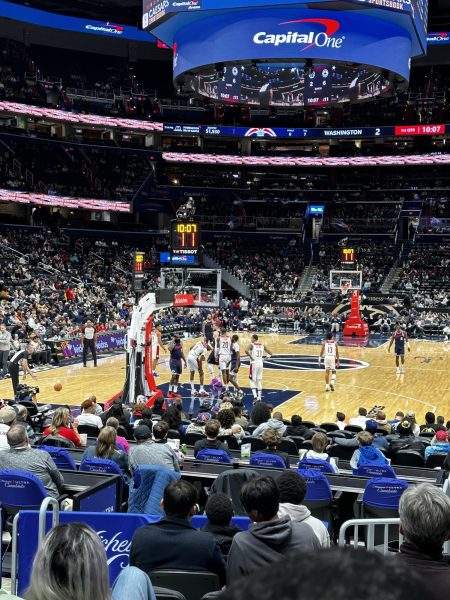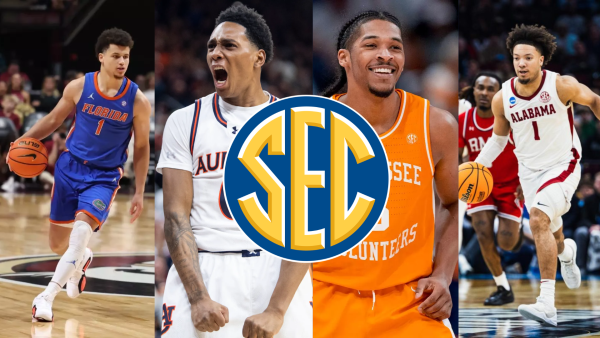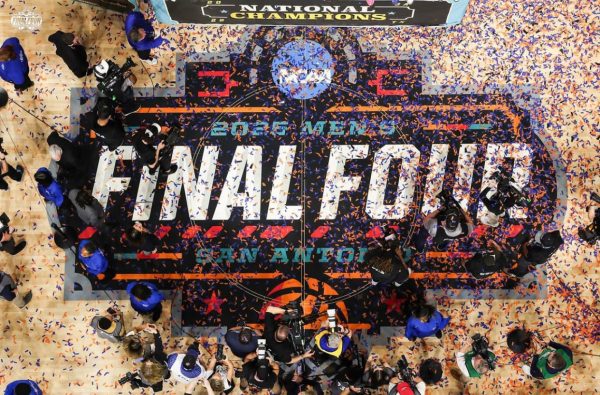The Man, The Myth, The Logo
As the NBA’s 75th anniversary once again calls attention to its iconic logo and the man represented by it, Jerry West, that dense history and the ongoing conversation has proved the league’s relevance beyond a logo more than anything.
“I wish it had never gotten out that I’m the logo,” said Jerry West when discussing his monumental impact on the way the National Basketball Association is marketed today. 75 years in the making and the NBA has changed in several ways, from the implementation of the three-point line in 1979, shorts becoming significantly baggier in the ‘90s, and let’s not forget the most recent rule change that prevents shooters from reaching the charity stripe with a pump fake attempt. However, one aspect remains set in stone: the logo.
Though it was never explicitly noted, the NBA logo represents the remarkable 14-time All-Star and NBA champion Jerry West. What exactly inclined the logo’s creator and long-time basketball stand out and fanatic, Alan Siegel, to appoint West as the face of the league? For starters, West was awarded the NBA Finals MVP despite falling short to the great Boston Celtics in the final seven games of the season. This accolade has been mirrored by none, appearing unattainable to accomplish in any professional championship series.
It is implicit to shed light on the victorious Celtics and, more importantly, the early NBA phenom who ran out of fingers upon which to flaunt his shiny championship rings: Bill Russell. Prior to the ’70s, Russell collected an impressive twelve All-Star appearances and five regular season MVPs, along with eleven NBA Championships over a thirteen season span. Total dominance is an understatement when reflecting on Russell’s contribution to the league. It is no wonder why West felt hesitant to assume responsibility as the poster boy for the league. Comparison is the thief of joy; yet, who knows if Siegel based his decision on individual accomplishments?
As a matter of fact, Siegel commented on his decision in an article published in late October of this year: “I liked the picture because it was a nice vertical and had this motion to it. I was a fan of his, and he was one of those people who had an important history in the NBA.” Symmetrical perfection is appropriate grounds for determining the lasting emblem. Personal bias, on the other hand, does not seem fitting for such a monumental selection.
If the decision were left up to NBA stars of our generation, West would more than likely not be considered. Kyrie Irving chimed in on the recent controversy pertaining to replacing West via Twitter, stating that “BLACK KINGS BUILT THE LEAGUE.” 52 seasons of NBA excitement have passed, and Irving’s assertion can be confirmed by Russell’s greatness, along with others including Kareem Abdul-Jabbar, Magic Johnson, Michael Jordan, LeBron James and the late Kobe Bryant.
After the excruciatingly painful loss of Bryant and his daughter Gigi, members of the league began to understand the NBA as bigger than an 82 game season. Bryant’s impact on former teammates, fellow players, coaches and all who tune in to experience the liveliness of the NBA transcends the meaningless emblem the community is exposed to on a daily basis.
Is it necessary for the NBA to redesign the 52year-old logo? Nothing can be certain, besides the fact that the league has blossomed into a multibillion dollar industry after 75 action-packed seasons. The criticism that has recently arisen serves as a prime example of the relevancy of the association. In other words, the public does not boo nobodies, and the NBA is certainly an entity greater than a silhouette of Jerry West.



































































































































































































